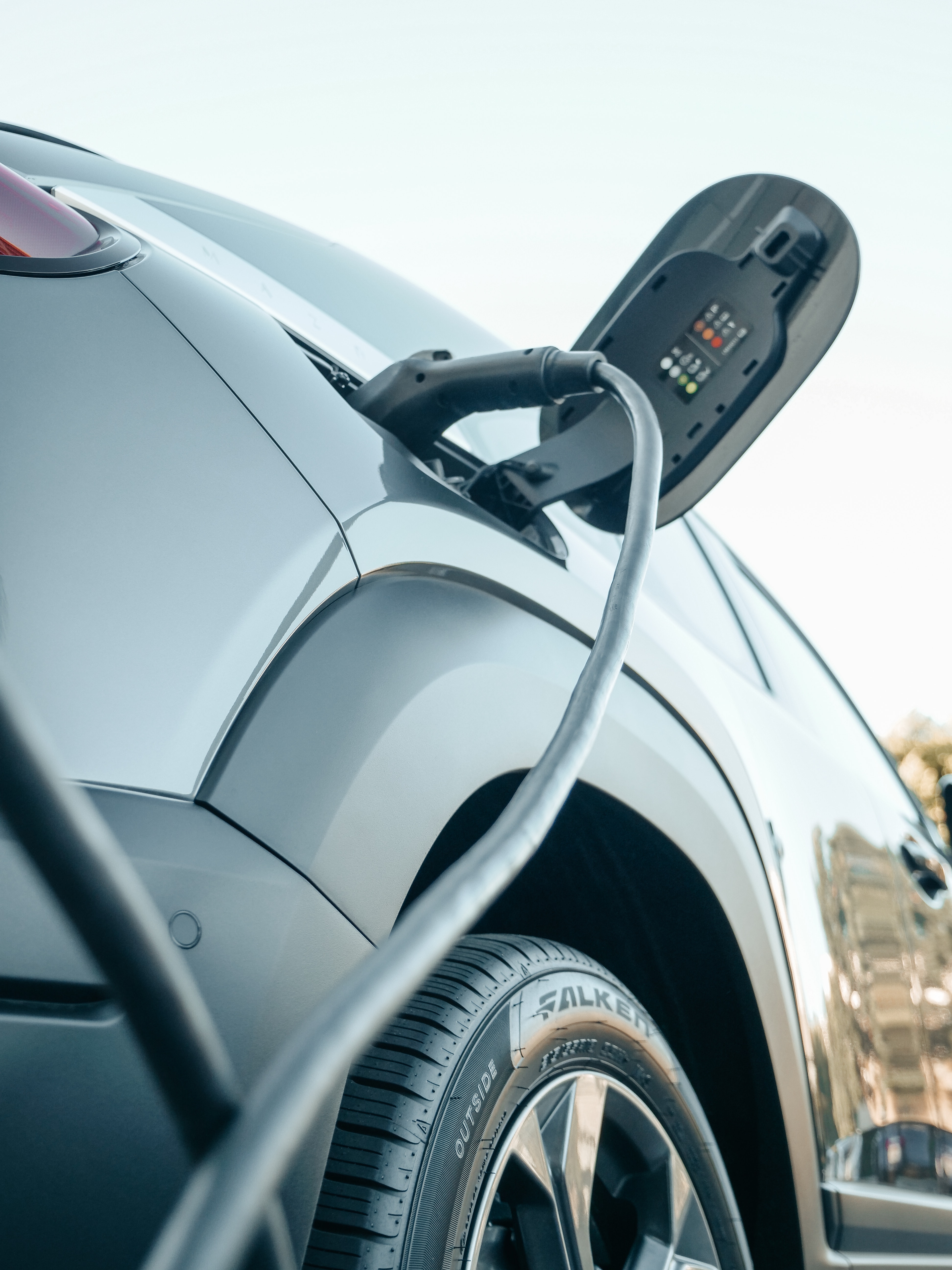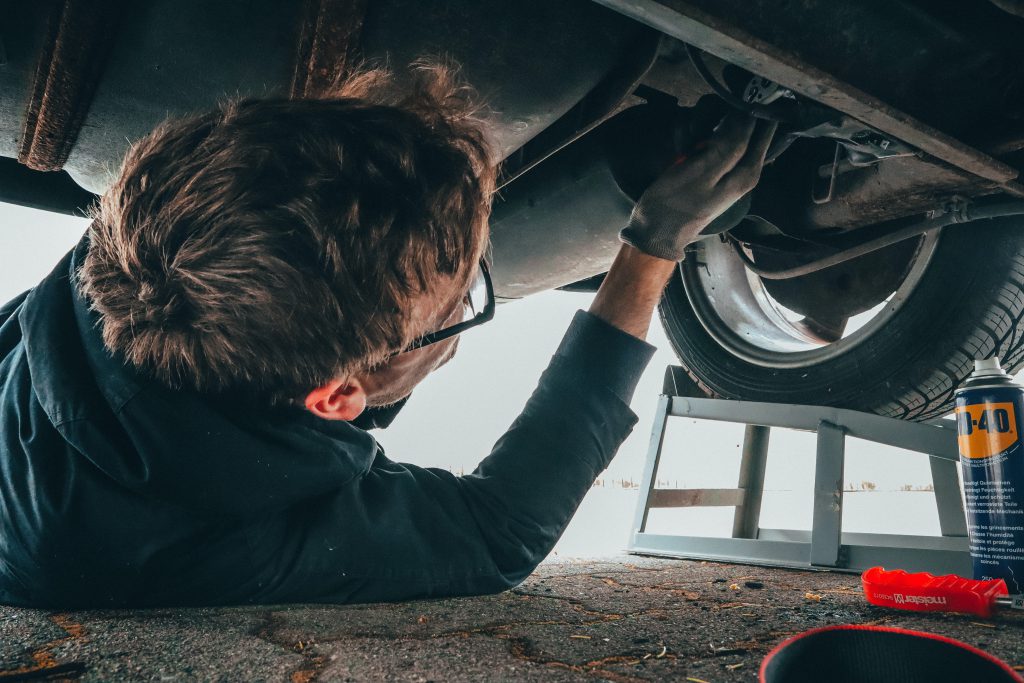Winter is a challenging time for any vehicle in most parts of the country, from New England to San Francisco, but especially where the temperatures can dip below freezing. To protect your car from the harsh winter elements, it is important to take proactive steps that will help you stay safe throughout the months ahead.
Some steps you can take will help ensure that your battery and engine remain strong if left outside in the cold. No one wants to be stranded on the side of the road, especially in wintertime. Therefore, it is crucial to ensure that all auto fluids are able to function properly. You may have to change your oil if you haven’t done so in recent months, and getting a good winter grade oil can come in handy in colder parts of the country.
Why Driving in the Cold Is Hard on Cars – and What to Keep in Your Vehicle for Extra Protection Against the Elements
Driving in cold, harsh weather can cause wear and tear to your car and, if left unchecked, could result in costly repairs. Because tires can skid on icy roads, it’s especially vital to keep an eye on your tires this time of year. Fortunately, there are fairly simple steps you can take to help your vehicle stand the test of winter weather. For example, keep your tires inflated to the recommended pressure and check their treading for any wear and tear. If they need to be rotated or replaced, now is a good time to get that done. Additionally, it is important to check your oil levels regularly and make sure the windshield wipers are functioning correctly.
Protecting your vehicle from winter damage can be an ongoing challenge. To be on the safe side, drivers in colder regions should keep a winter emergency kit in the car with items such as a first aid kit, flashlights, candles, blankets, water, and non-perishable food. A professional mechanic will be able to take a look at your vehicle to see if there is any routine maintenance needed to keep your car in tip-top condition before heading out into the snow.
What Are the Best Proactive Measures for Drivers in Cold, Icy Weather?
With winter already upon us, here is a checklist to help you determine whether your vehicle is fully prepared for the snowy season. While it may not be comprehensive, it is still a good place to start.
1. Most Common Auto Winterization
Let’s start with the basics. Winterizing begins with keeping up with your car’s maintenance schedule. This includes:
- Making sure that the battery is in good condition
- Checking the antifreeze levels
- Ensuring that all the lights are working properly
Depending on where you live, investing in some snow tires may help provide better traction if the roads tend to get icy and dangerous. Finally, it is important to check your vehicle’s antifreeze levels routinely, as antifreeze helps keep your engine from freezing when it is cold outside.
2. Avoid Costly Repairs and Replacements
Another reason it is important to prepare your vehicle for the winter months is to avoid costly repairs or replacements. One way to do this is to make sure your vehicle’s tires are properly inflated and have a good tread. Checking the fluid levels, including oil and antifreeze, and adding extra antifreeze if necessary, can also help keep your car in good condition during the colder months.
3. What Else to Check
One of the most important steps to protecting your vehicle from the elements is to check your brakes, tires and lights. Checking your brakes helps ensure that your vehicle functions properly and safely on icy and wet roads. Additionally, checking the tire pressure regularly during winter months is important for maintaining efficient driving and avoiding getting stuck in the snow.
Finally, it is important to wash your vehicle regularly to remove road salt that can cause damaging rust and corrode the undercarriage. Inspect the body to make sure there are no rust spots that could cause problems if they are not treated or patched up.
Be Protected by Comprehensive Auto Insurance Coverage at AMIGO
Each year, it is essential to take precautionary measures to protect your vehicle, no matter where you live. And having the right kind of auto insurance coverage should be part of your winter maintenance plan. Make sure you have comprehensive auto coverage for you and your family, including liability insurance and other appropriate coverage, to ensure all your needs are met. That way, if there is an accident or unforeseen event involving your vehicle, you can rest assured knowing the costs of any repairs will be covered.
This winter, be sure you have an excellent insurance plan that covers all your driving needs! Contact Amigo Auto Insurance today to speak with an agent who can help you compare quotes and find the best deal for you today.











